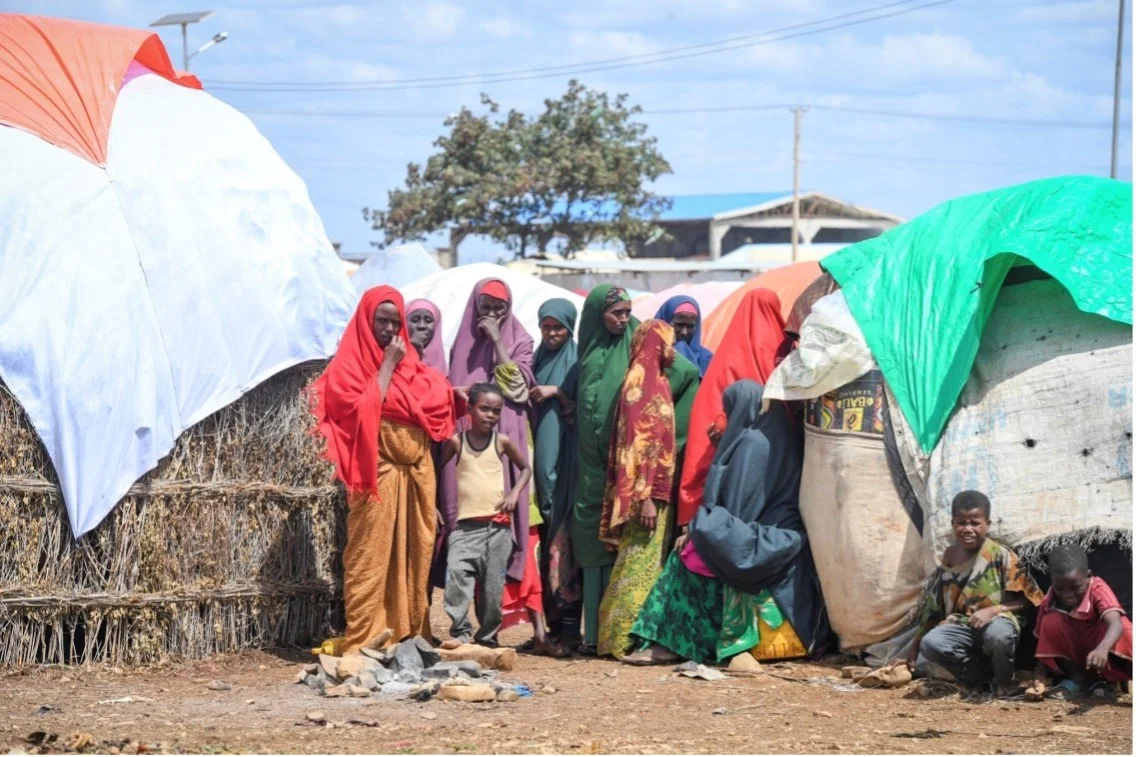Direct Aid between urgent relief interventions…and the sustainability of charitable work
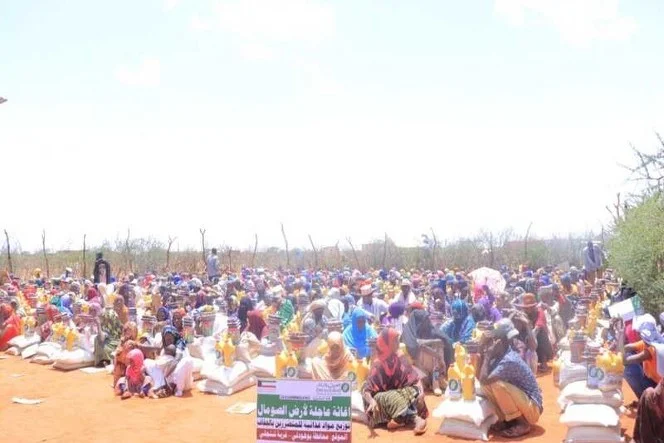
Recently, some areas in Somalia and some other countries close to it witnessed the lack of rain, which God made a reason for the continuation of the life of every living thing, whether it is a human, an animal, or a plant. The lack of rain continued for three consecutive seasons, which led to drought. Rivers and all water sources. Direct Aid responded immediately to the call of the affected people, the emergency committees, and the official authorities, considering the Direct Aid Society to be an effective institution and on which great hopes are placed in rescuing the affected people, as it did in the drought crisis that Somalia witnessed in the years 2016/2017 AD. Direct Aid was also present during The plight of Somalia in the 1990s.
An overview of the drought crisis situation in Somalia
The problem of drought has worsened in Somalia in most of the central and northern regions, as well as the south, which was considered the food basket of Somalia. Unfortunately, many livestock were destroyed, and the United Nations High Commissioner for Refugees reported that about 90% of the country’s regions are suffering severely from the effects of drought, and so far it has been forced to More than 800,000 people are internally displaced, while nearly 16,000 people have crossed the border into Ethiopia. Calls for help have increased in many areas due to the deterioration of the living conditions of those affected. It is unfortunate that if the date of rain is delayed for longer periods, the risk of the crisis worsening and the outbreak of a massive drought disaster increases. According to a report by Al Jazeera News Network in June 2022, more than 6 million people have been affected so far. Due to the drought that is hitting most of the Somali regions, the number of those affected may reach 7 million by the end of the current year 2022, including approximately 3 million people in a more serious situation, and it is expected that more than 300,000 children will lose their lives if the crisis situation worsens in the near future.
Direct Aid’s strategy for implementing urgent relief
From the beginning, Direct Aid in the Relief Department focused on providing an airlift on an ongoing basis in cooperation with the Air Force of the Ministry of Defense in the State of Kuwait, to facilitate and accelerate the implementation of relief projects in terms of delivering food baskets, water supplies, tents, clothes, blankets and other basic non-food items as needed. It is known in Africa that Direct Aid has tremendous ability to intervene quickly in providing relief, and thus Direct Aid is relied upon heavily by the governments of many African countries.
Relief appeals from local official authorities
In a statement on the crisis, the Minister of Relief and Disaster Management in the Federal Government, His Excellency Khadija Mohamed Dirieh, described the crisis as “dangerous,” noting that “families are losing their livestock, which are a vital source of livelihood in Somalia, and could die of hunger in the coming months.” She also expressed her particular concern for children. Women, the elderly and people with special needs.
Screams and distress calls also rose from various administrations of the Somali regions, and emergency committees were formed for survey and evaluation, and the director of the Direct Aid Office was chosen as a member of one of the emergency and relief committees, considering that the Direct Aid Society is an effective institution and has high hopes for rescuing those affected, as it did in 2016/ 2017 AD.
Criteria for selecting target groups for relief support
Children – widowed mothers – the elderly – serious psychological cases – women at risk – people exposed to malnutrition – mental and physical disabilities – serious medical cases – families without a breadwinner.
When did Direct Aid start implementing urgent relief in Somalia?
Direct Aid began implementing urgent relief since the beginning of the crisis in February 2022. Direct Aid provided major relief projects in several stages consisting of food and non-food items and potable water. The cost of this relief provided by Direct Aid has so far reached more than 1.6 million. US dollars, divided into four relief stages as follows:
The first phase was implemented on February 12, 2022
The second phase was implemented on April 7, 2022
The third phase was implemented on August 4, 2022
The fourth phase was implemented on August 10, 2022
The Direct Aid plan aims to implement other phases of relief with a value amounting to more than 3 million US dollars until the end of the current year to contribute to saving the lives of the affected Somali people and alleviating their suffering.
Achievements of Direct Aid relief intervention in affected areas so far:
Rescue about 170,000 affected people who abandoned their homes in search of water, food and grazing for their livestock.
Distribution of 7,100 food baskets of basic items to affected families.
Distribution of 212 tankers of drinking water to those affected by the crisis
Providing water for livestock that are on the verge of death, on which more than 70% of the Somali people depend.
Protecting the agricultural activity on which most of the population depends from severe deterioration due to interruption of rain.
 Algeria
Algeria Bahrain
Bahrain Comoros
Comoros Djibouti
Djibouti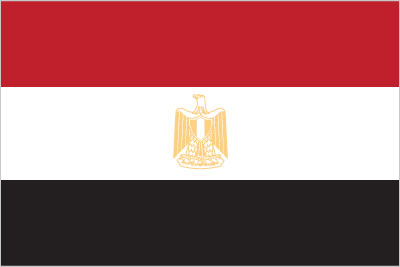 Egypt
Egypt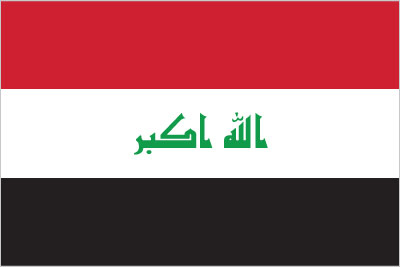 Iraq
Iraq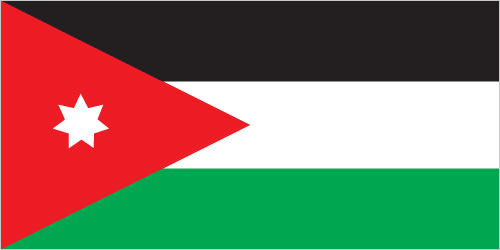 Jordan
Jordan Kuwait
Kuwait Lebanon
Lebanon Libya
Libya Mauritania
Mauritania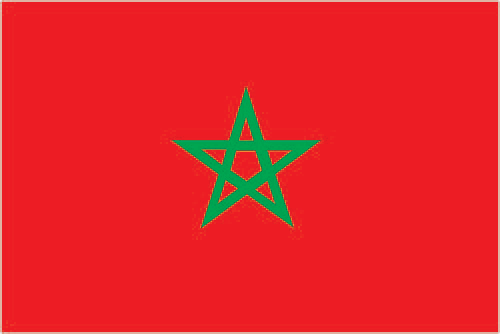 Morocco
Morocco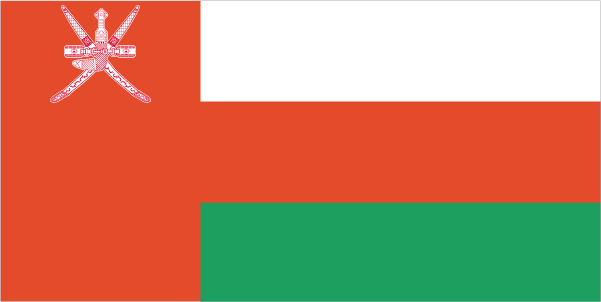 Oman
Oman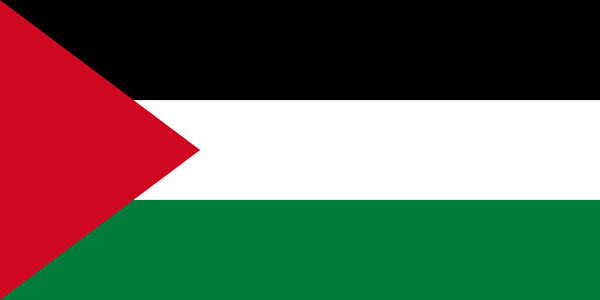 Palestine
Palestine Qatar
Qatar Saudi Arabia
Saudi Arabia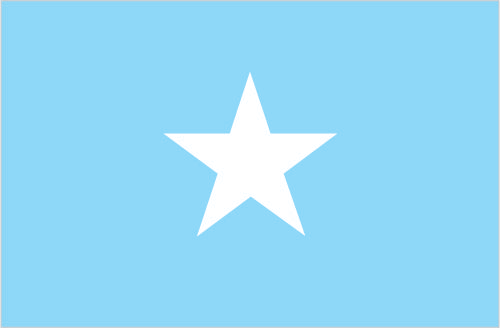 Somalia
Somalia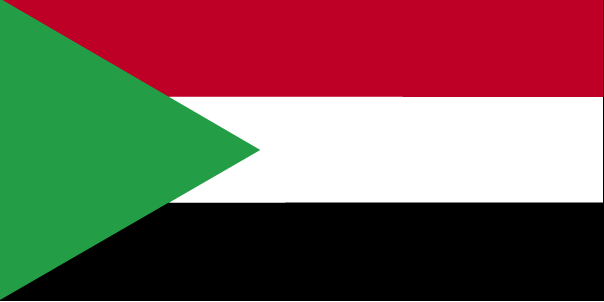 Sudan
Sudan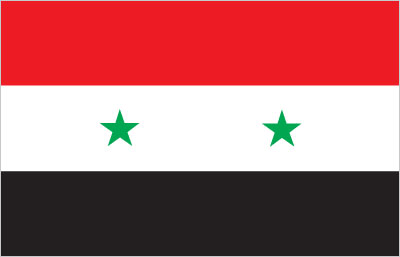 Syria
Syria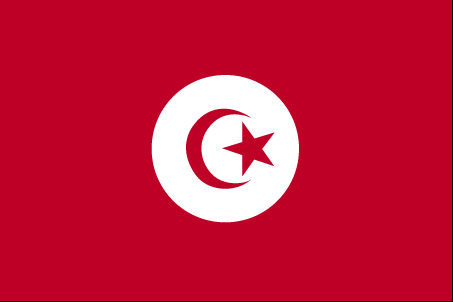 Tunisia
Tunisia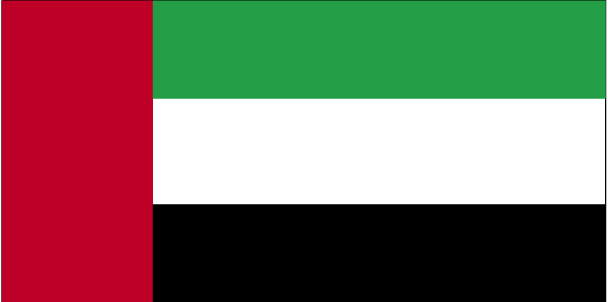 UAE
UAE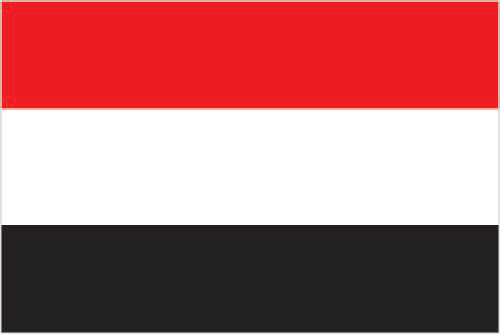 Yemen
Yemen